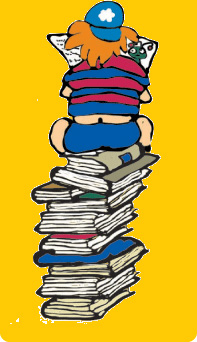Tapies
Autor:
Jeremy Roe
Editorial:
Parkstone International
I.S.B.N: 9781781606360
Precio: $ 3022.85 / u$s 3.38
Materia:
-Artes, Arquitectura y diseño -> -Tratamientos y materias artísticas
-
-Artes, Arquitectura y diseño
-
-Artes, Arquitectura y diseño -> -Tratamientos y materias artísticas -> Artistas, monografías sobre el arte
eBooks | EBook
Stock: Disponible
Tipo de producto: EBook
Tipo de restricciones:
Adobe DRM
Comprar








